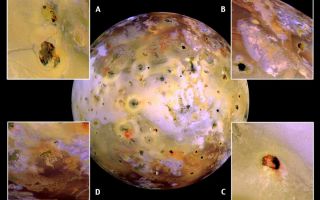
PIA02319: Closeups of Io (false color)
|
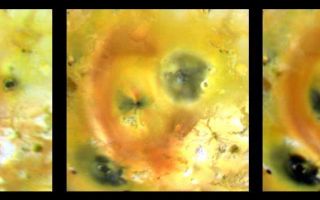
PIA02501: Changes at Pillan Patera
|
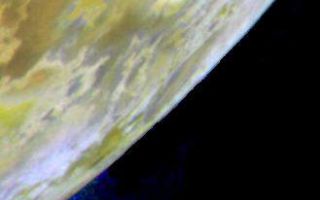
PIA02502: Masubi Plume on Io
|
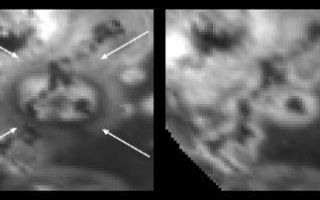
PIA02503: Migrating Volcanic Plumes on Io
|
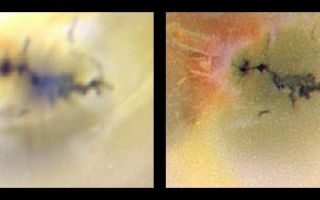
PIA02504: Close-up of Zamama, Io (color)
|
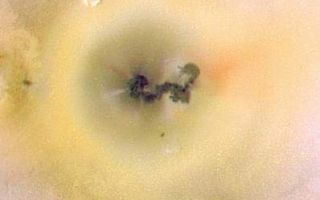
PIA02505: Close-up of Prometheus, Io (color)
|
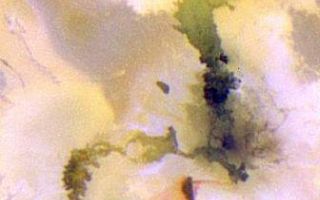
PIA02506: Amirani-Maui: Longest Known Active Lava Flow in the Solar System
|
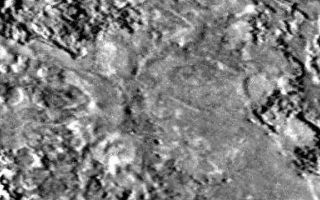
PIA02507: Highest Resolution Image Ever Obtained of Io
|

PIA02508: Galileo discovers caldera at Prometheus Volcano, Io
|
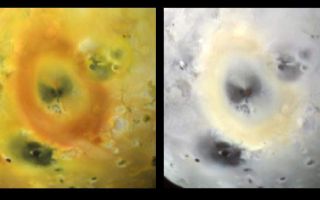
PIA02510: Pele's glow
|
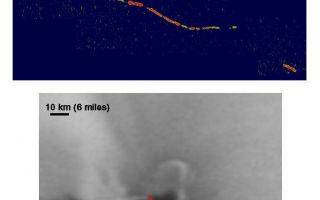
PIA02511: Pele's Hot Caldera Margin
|
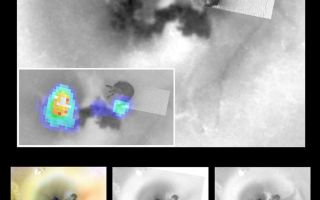
PIA02512: Ongoing Geologic Activity at Prometheus Volcano, Io
|
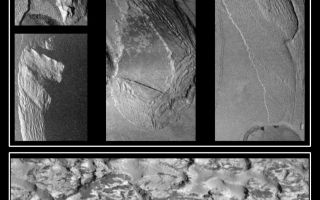
PIA02513: Collapsing Mountains on Io
|
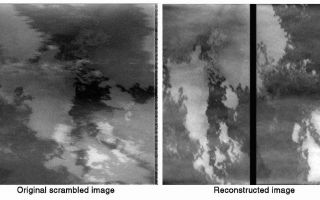
PIA02517: Reconstruction of Scrambled Io Images
|
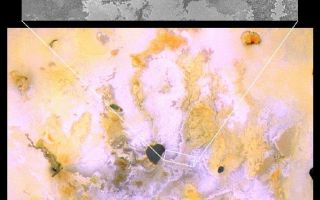
PIA02518: Bright Channelized Lava Flows on Io
|
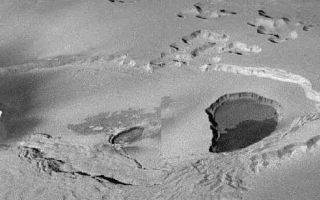
PIA02519: Lava Fountains on Io
|
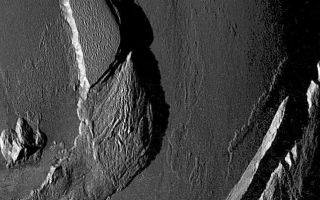
PIA02520: Mountains on Io
|
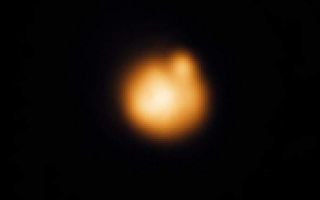
PIA02522: Earth-Based Observations of a Fire Fountain on Io
|
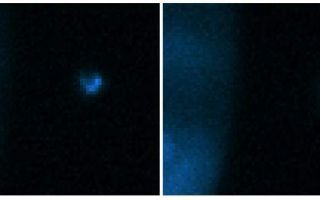
PIA02523: Earth-based images of the Fall 1999 Loki Eruption
|
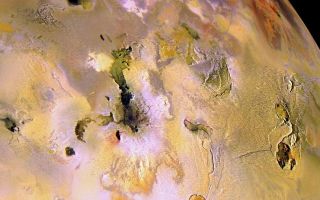
PIA02526: Ionian Mountains and Calderas, in Color
|
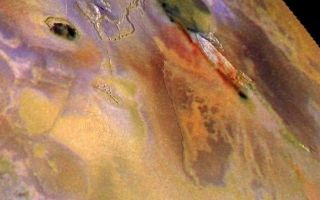
PIA02527: Zal Patera, Io, in color
|
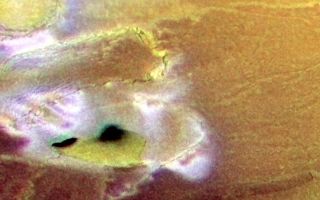
PIA02534: Terrain near Io's south pole, in color
|

PIA02535: Culann Patera, Io, in false color
|
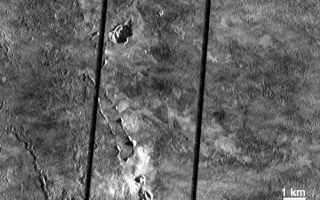
PIA02536: 1997 Lava Flows Near Pillan Patera, Io
|
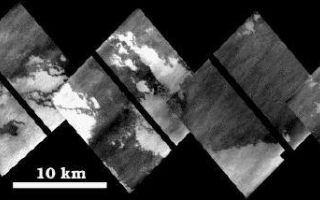
PIA02537: Lava Flows at Zamama, Io
|
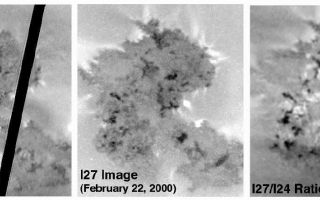
PIA02538: Changes Observed in Just 4.5 Months at Prometheus, Io
|
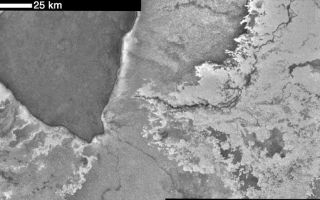
PIA02539: Bright Lava Flows at Emakong Patera, Io
|
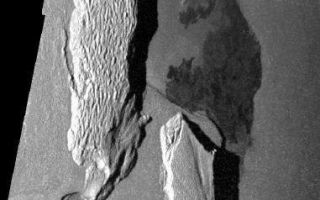
PIA02540: Rifting at Hi'iaka Patera, Io?
|
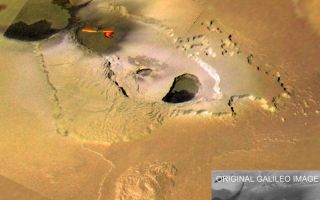
PIA02545: Eruption at Tvashtar Catena, Io, in color
|
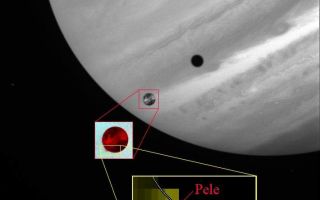
PIA02546: Sulfur Gas in Pele's Plume
|